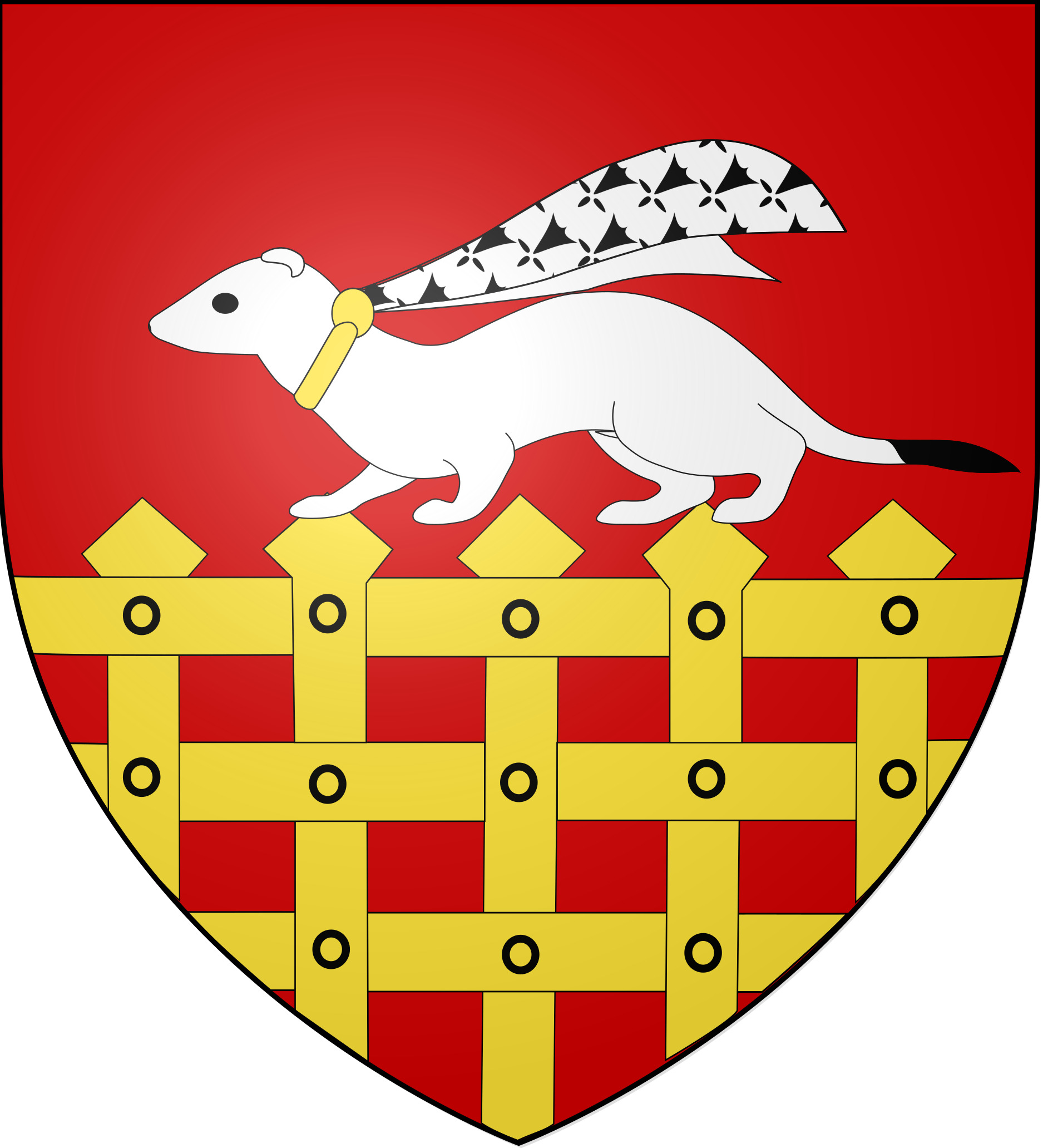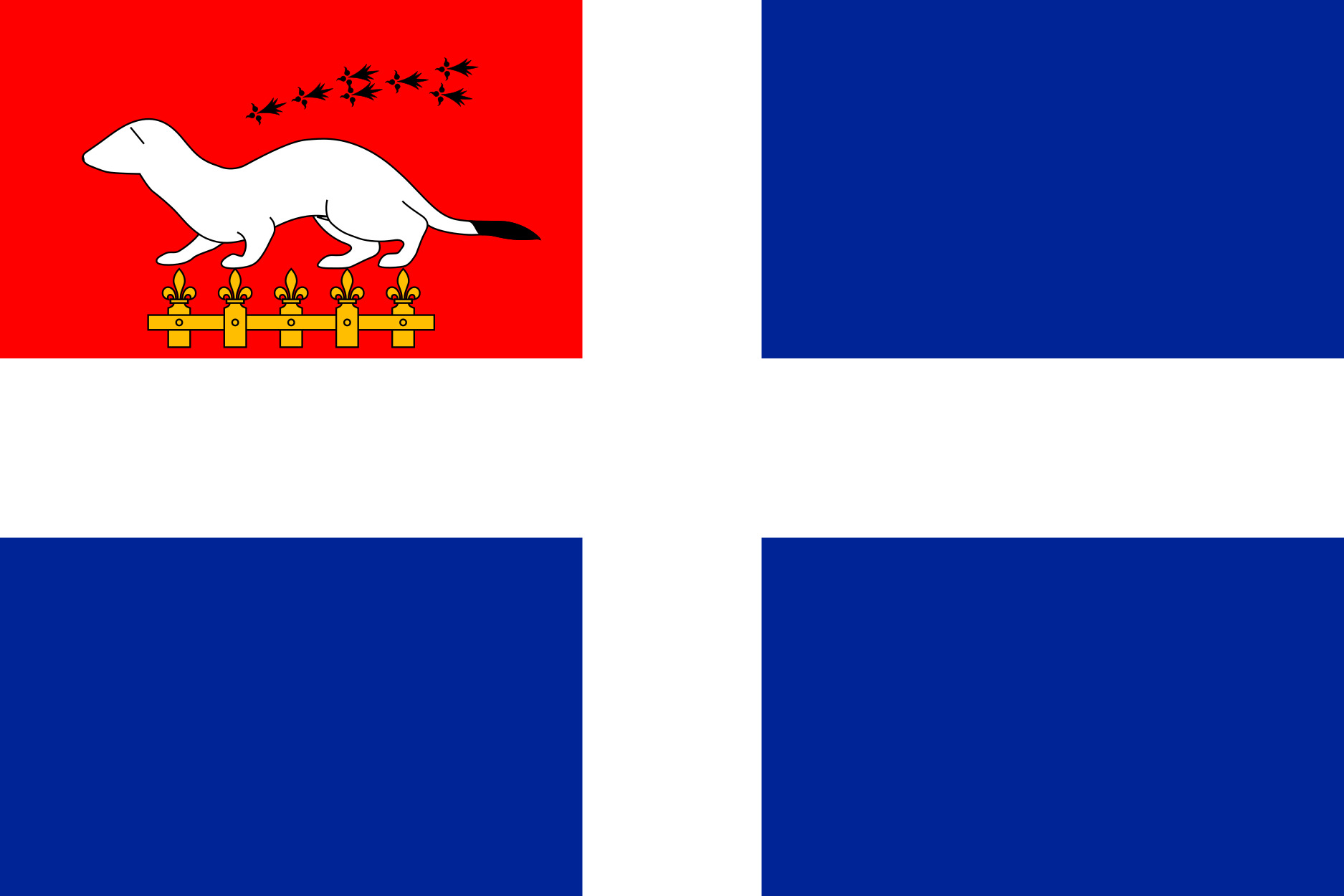- Details
- Written by Super User
- Category: Places nearby
- Hits: 3519
|
Rennes is the capital of the region of Brittany, as well as the Ille-et-Vilaine department. Rennes's history goes back more than 2,000 years, at a time when it was a small gallic village named Condate. Together with Vannes and Nantes, it was one of the major cities of the historic province of Brittany and the ancient Duchy of Brittany. After the French Revolution, Rennes remained for most of its history a parliamentary, administrative and garrison city of the kingdom of France. Since the 50's, Rennes grew in importance through rural flight and its modern industrial development (automotive). The city developed extensive building plans to accommodate upwards of 200,000 inhabitants. During the 80's, Rennes became one of the main centres in high technology industry. It is now a significant digital innovation centre in France. In 2015, the city is the tenth largest in France, with a metropolitan area of about 700,000 inhabitants. With more than 63,000 students in 2013, is also the eighth-largest university campus of France. The inhabitants of Rennes are called Rennais, Rennaise in French. In 2012, l'Express named Rennes as "the most liveable city in France". During the Second World War Rennes suffered heavy damage both by German and Allied attacks. 1000 died in just one German raid on an ammunition store. Since the war it been substantially rebuilt whilst preserving the older parts of the City. Rennes is a fine city for shopping with stores like Galleries LaFayette and just out of the city IKEA. The historical parts of the City include the magnificent Parlement building which was almost totally destroyed by fire in 1994. The cause of the fire is thought to have been a flare fired by a protester during a demonstration. Rennes is an ideal place for protests and demonstrations with its several open squares which hold thousands. The Annual Gay Pride festival is held in the centre of Rennes in June with the numbers being boosted by its student population. It is a happy and friendly parade which is noisy and colourful. Well worth watching or taking part. The Opera House and Saint Georges Palace are incredibly beautiful Each Saturday morning there is a market in the Place des Lices. An extensive fruit and vegetable market with fish, meat and flowers. Also visit the remains of the ramparts built between the 3rd and 12th centuries. Place Saint-Anne is an interesting area with the former 14C hospital, Saint Aubin Church and a Jacobite convent. Rennes is on the main railway line to Paris which from 2017 will be reached in 90 minutes by fast TGV. Although the line to Redon is not yet being improved there will be services to Paris from Redon in 2hrs 5mins. Rennes has an excellent public transport system complete with its own Metro. Only one line at the moment but another under construciton which will add another 15 stations.
|
 |
| Click here to view the Rennes Photo Album | |
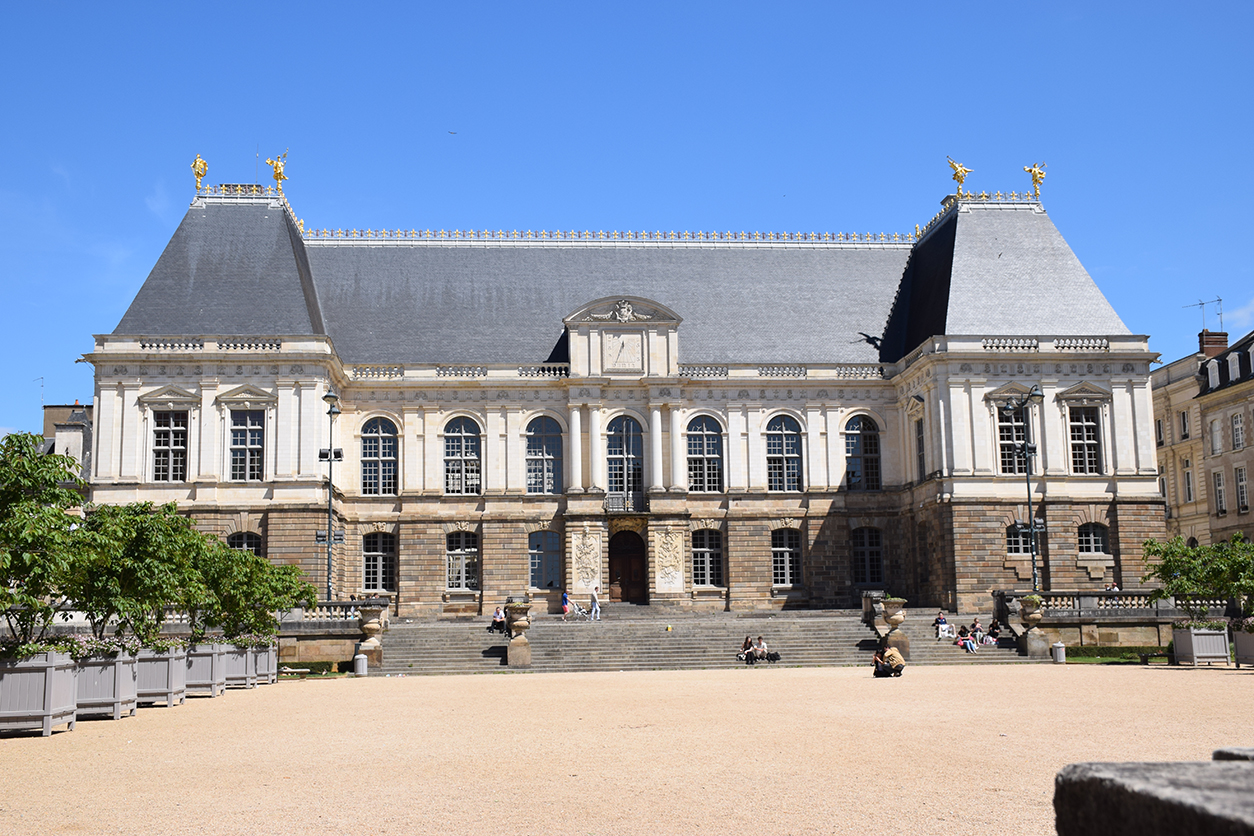 |
|
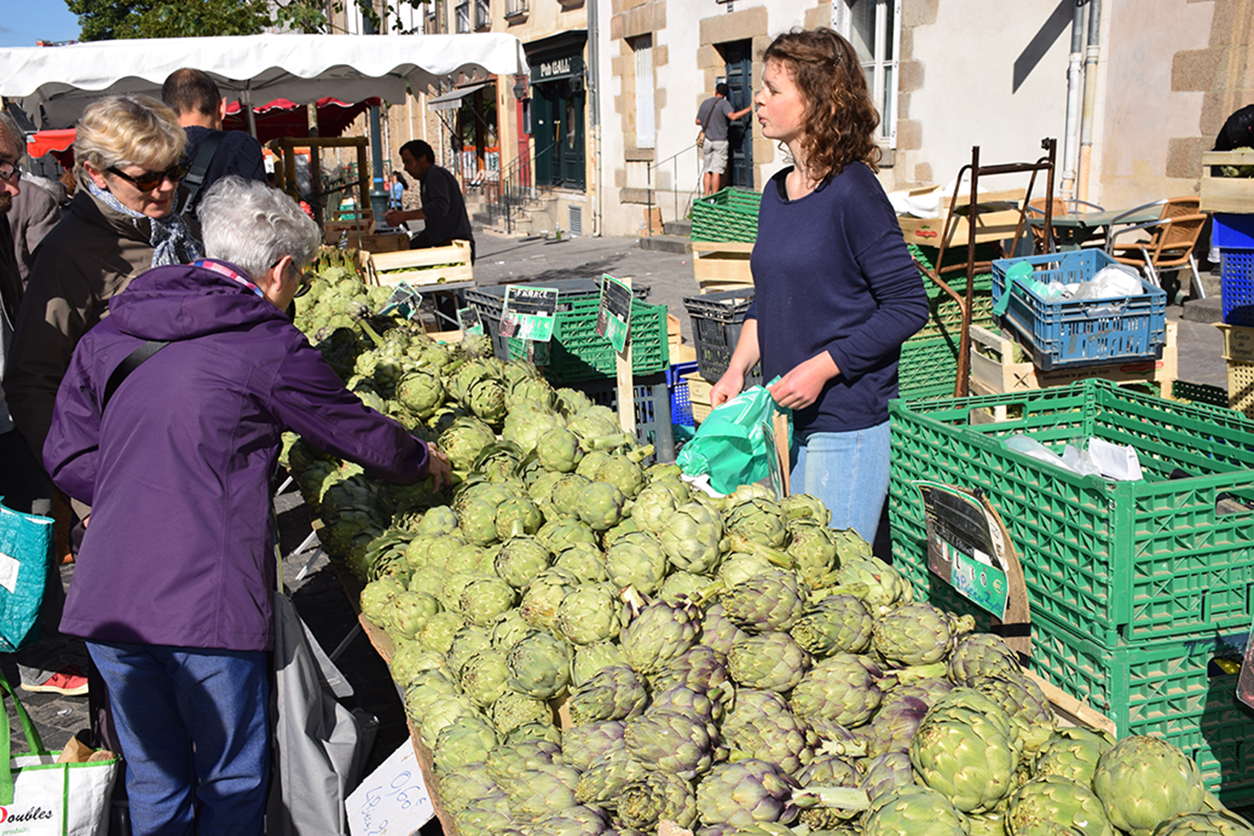 |
|
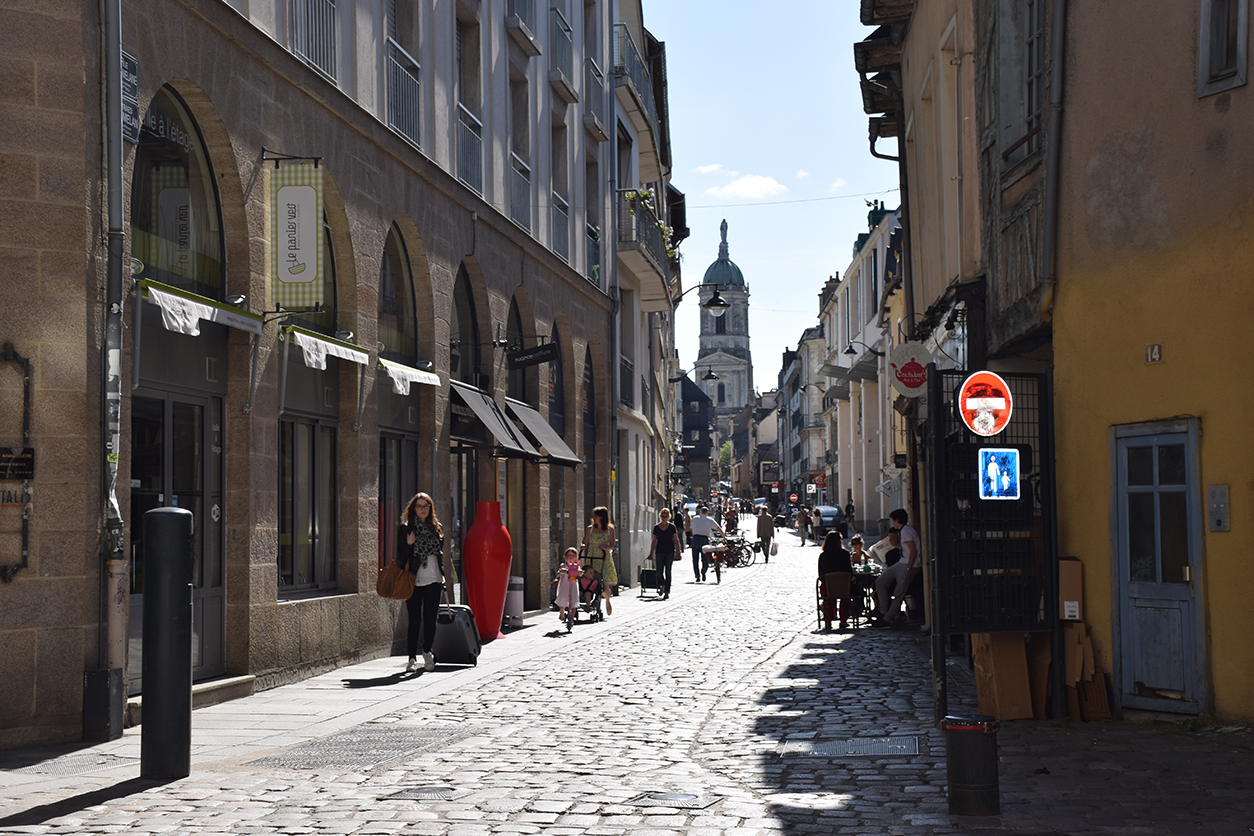 |
|
 |
- Details
- Written by Super User
- Category: Places nearby
- Hits: 3562
|
Saint Malo is a sea port in the north of Brittany. It has a population of 45,000 but this can rise to over 200,000 during the summer. Saint Malo is a sea port in the north of Brittany. It has a population of 45,000 but this can rise to over 200,000 during the summer. It is well known for its beutifll walled town. Founded by Gauls in the 1st century BC, the ancient town on the site of Saint-Malo was known as the Roman Reginca or Aletum. By the late 4th century AD, the Saint-Servan district was the site of a major Saxon Shore promontory fort that protected the Rance estuary from seaborne raiders from beyond the frontiers. According to the Notitia Dignitatum, the fort was garrisoned by the militum Martensium under a dux (commander) of the Tractus Armoricanus and Nervicanus section of the litus Saxonicum. During the decline of the Western Roman Empire, Armorica (modern-day Brittany) rebelled from Roman rule under the Bagaudae and in the 5th and 6th centuries received many Celtic Britons fleeing instability across the Channel. The modern Saint-Malo traces its origins to a monastic settlement founded by Saint Aaron and Saint Brendan early in the sixth century. Its name is derived from a man said to have been a follower of Brendan the Navigator, Saint Malo or Maclou, an immigrant from what is now Wales. The beaches of nearby Dinard had been heavily fortified against possible Allied commando raids. Artillery at the two locations provided mutual support. The fortification complex was garrisoned by more than twelve thousand German troops from different services and units as well as stragglers from other battles in the Cotentin. About eight thousand Germans were in Saint-Malo itself when the battle began ]In World War II, during fighting in late August and early September 1944, the historic walled city of Saint-Malo was almost totally destroyed by American shelling and bombing as well as British naval gunfire. The beaches of nearby Dinard had been heavily fortified against possible Allied commando raids. Artillery at the two locations provided mutual support. The fortification complex was garrisoned by more than twelve thousand German troops from different services and units as well as stragglers from other battles in the Cotentin. About eight thousand Germans were in Saint-Malo itself when the battle began.Colonel Andreas von Aulock, the German commander, refused to surrender when asked to do so by the town’s authorities. He said he “would defend St. Malo to the last man even if the last man had to be himself.”The first American attack was launched by the 83rd Infantry Division on 5 August 1944. German positions at Chateauneuf quickly fell. Cancale was abandoned and occupied by the Americans on the 6th. In the same way and on the same day, Dinan fell to Free French forces. The Germans shortened their lines and drew closer to the ancient citadel at St. Servan-sur-Mer, now reinforced with concrete.Effective German artillery emplacements on the island of Cezembre were out of reach of American ground forces. German garrisons on the Channel Islands of Jersey, Guernsey, and Alderney were able to use small craft to bring in water and remove the wounded from the battle. On 13 August, the walled city was on fire and a short truce was declared to allow French civilians to flee the city. Outlying German positions at St. Ideuc and La Varde fell to infantry attacks. This fighting ended resistance on the north shore of the peninsula. Only the citadel remained. Surrounded by American artillery and under frequent air attack, this last holdout surrendered on the afternoon of 17 August.Cezembre surrendered on 2 September when the three-hundred-man garrison ran out of drinking water. The Americans had taken more than ten thousand prisoners during the two-week fight. Saint-Malo was rebuilt over a 12-year period from 1948 to 1960.Saint-Malo is a subprefecture of the Ille-et-Vilaine. The commune of Saint-Servan was merged, together with Paramé, and became the commune of Saint-Malo in 1967.Saint-Malo was the site of an Anglo-French summit in 1998 that led to a significant agreement regarding European defence policy. |
SanchoPanzaXXI Image created for the Blazon Project SanchoPanzaXXI Image created for the Blazon Project of the French Wikipedia. [CC BY-SA (https://creativecommons.org/licenses/by-sa/3.0)]SanchoPanzaXXI Image created for the Blazon Project of the French Wikipedia. [CC BY-SA (https://creativecommons.org/licenses/by-sa/3.0)] |
| Click here for photos of St Malo | |
|
By Ec.Domnowall - Les drapeaux bretons, des origines à nos jours, par Philippe Rault, CC BY 3.0, https://commons.wikimedia.org/w/index.php?curid=11637605 |
- Details
- Written by Super User
- Category: Places nearby
- Hits: 3598
|
||
| Photos of Malansac click here | ||
|
Malansac was once a bustling village but since the industry has gone there is little heart in the place only to be exacerbated by the move of Super U from near the centre of the village to the outskirts near the Redon to Vannes road. The village has the feel that it is dying. However, Super U in Malansac is spacious with friendly staff who actually apologise when the till makes a mistake. Sorry when the programmer of the till makes a mistake. 1900 people live there and on the Main Street approaching the church is the post office, an alimentation and a laundry as well as the usual bars and shops. There is a factory producing gallettes and crepes, a railway station with trains to Vannes and Redon, a primary and secondary school, a School of Music and a Scout Group. Just nearby is the Parc de Préhistoire and it is worth a visit especially for children who have a fascination with dinosaures. |
|
- Details
- Written by Super User
- Category: Places nearby
- Hits: 3837
|
Questembert is not in Pays de Redon but is a major shopping town for many in the area. The 17th Century Market Hall is the focus of the village. Used for Markets every Monday morning, one of the biggest and best in the area, it is also used for Breton dancing and other events. It is hard to imagine that a 20 or so years ago the town wanted to pull it down, now it is the reason to visit Questembert. The town is large beyond its population with excellent shopping facilities. Well worth a visit. |
 |
| For more photos of Questembert click here | |
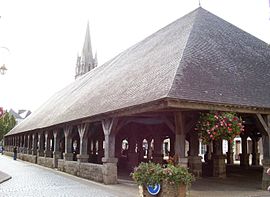 |
|
